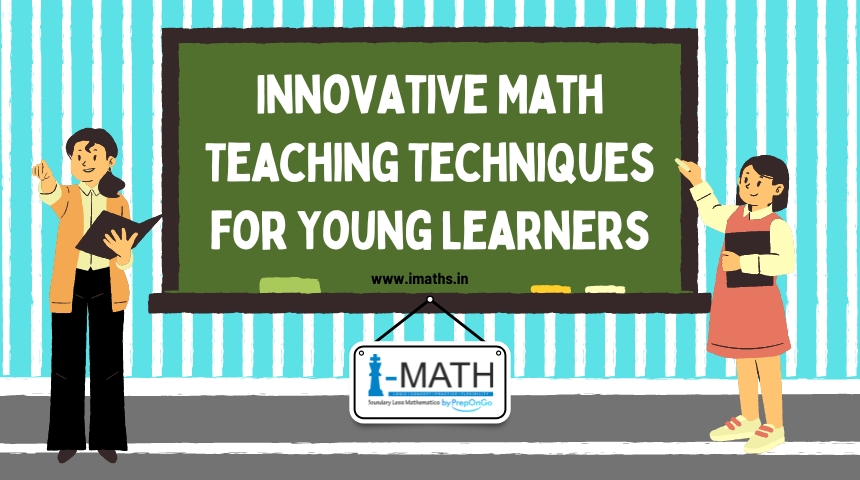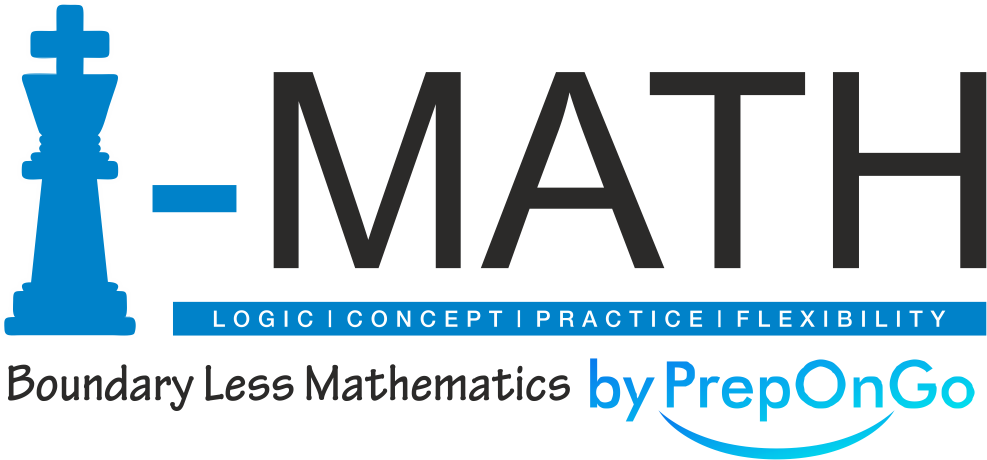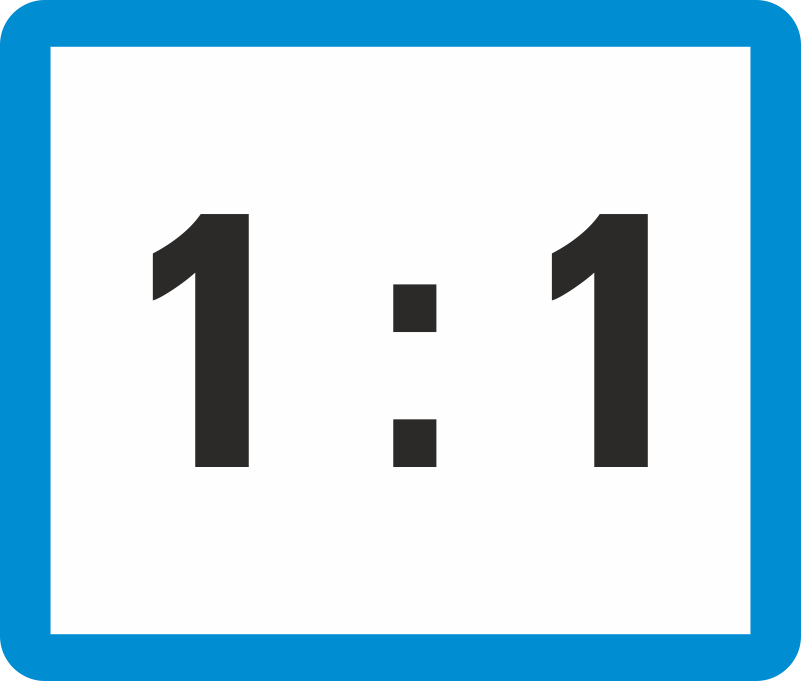Innovative Math Teaching Techniques for Young Learners

Innovative Math Teaching Techniques for Young Learners. To make math engaging and accessible, educators need to employ innovative techniques that cater to the diverse learning styles of children. Here are some innovative math teaching techniques for young learners that can transform the classroom experience and foster a love for math.
1. Incorporate Hands-On Learning
Focus Keyword: Innovative Math Teaching Techniques for Young Learners
Hands-on learning is one of the most effective ways to teach math. Using physical objects helps children understand abstract concepts by making them tangible.
- Manipulatives: Use items like blocks, beads, and counting bears to teach basic math concepts such as addition, subtraction, and place value.
- Interactive Games: Board games and card games that require counting, pattern recognition, and strategy can make learning math fun and interactive.
- Math Centers: Set up different stations with various math activities. This allows children to rotate and engage with multiple concepts in one session.
2. Use Technology to Enhance Learning
Technology can be a powerful tool in the classroom, offering dynamic and interactive ways to teach math.
- Educational Apps: Apps like Mathletics, Khan Academy Kids, and DragonBox provide interactive lessons and games that make math fun.
- Smart Boards and Tablets: These devices can be used to display interactive math problems, play educational videos, and allow students to participate in digital activities.
- Virtual Manipulatives: Online tools like virtual geoboards or number lines can help students visualize and solve problems.
3. Integrate Math into Daily Activities
Math is all around us, and integrating it into daily activities can make learning more relevant and engaging for young learners.
- Cooking: Use recipes to teach measurements, fractions, and multiplication.
- Shopping: Role-play shopping scenarios to teach counting money, making change, and understanding prices.
- Nature Walks: Count leaves, categorize different types of plants, or measure the length of sticks to incorporate math into outdoor activities.
4. Storytelling and Literature
Using stories and books to teach math can help children see the subject as part of everyday life.
- Math Stories: Books like “The Very Hungry Caterpillar” or “One Hundred Hungry Ants” incorporate math concepts into engaging narratives.
- Story Problems: Create word problems based on familiar stories or everyday scenarios to help children apply math to real-life situations.
- Literature Integration: Use storybooks that include math themes to teach concepts in a fun and relatable way.
5. Encourage Collaborative Learning
Collaborative learning encourages students to work together, fostering a sense of community and improving problem-solving skills.
- Group Projects: Assign projects that require students to work in teams to solve math problems or create presentations on math topics.
- Math Circles: Small group discussions where students solve math problems together can enhance understanding and promote critical thinking.
- Peer Teaching: Let students explain math concepts to each other. Teaching a concept helps reinforce their own understanding.
6. Gamify Learning
Turning math lessons into games can motivate students and make learning more enjoyable.
- Math Competitions: Organize friendly competitions or math bees to encourage enthusiasm and participation.
- Reward Systems: Use a point system or badges to reward students for completing math challenges or mastering new skills.
- Math Puzzles and Riddles: Incorporate puzzles and riddles into lessons to develop problem-solving skills and keep students engaged.
7. Personalized Learning
Every student learns at their own pace, and personalized learning can help meet their individual needs.
- Adaptive Learning Programs: Use software that adjusts the difficulty of problems based on the student’s performance.
- Individual Learning Plans: Create customized plans that address each student’s strengths and areas for improvement.
- One-on-One Time: Spend time with students individually to address specific questions and challenges they may have.
Conclusion
Innovative math teaching techniques for young learners can make a significant difference in how children perceive and engage with math. By incorporating hands-on learning, technology, real-life applications, storytelling, collaborative learning, gamification, and personalized instruction, educators can create a dynamic and supportive learning environment. These techniques not only make math more accessible and enjoyable but also help foster a lifelong love for the subject.
Implementing these innovative strategies can transform math education, making it a more enriching and exciting experience for young learners.




